Insider Tips
Top 5 Tips for Your First Phonics, Reading, and Me Letter-Sound Lessons
August 12, 2025
by: Sam Deffes
5 mins
Getting started with Set A of Phonics, Reading, and Me is easy when you know where to begin. Here are five essential tools and tips to launch your first letter-sound lessons with confidence and clarity.
1. Lesson Cards: Your Roadmap to Early Reading
In the first ten lessons, students build a strong foundation in letter recognition, sound correspondence, phonemic awareness, formation, and high-frequency words. Each lesson introduces 2–3 letters with clear, structured instruction. The sequence is designed to prioritize high-frequency letters (like m, t, a) first, while spacing out vowels and avoiding confusion from lookalike letters (like b and d).
Cumulative review is built into Lessons 3, 5, 6, and 7, giving students time to reflect, revisit, and apply what they’ve learned. All lessons lead up to a culminating experience where students map sounds to print and read a decodable book—bringing early reading to life.

2. Articulation Support: Get the Sounds Just Right
Not sure how to model a tricky sound? Articulation videos in the Teacher Digital Tool offer quick demonstrations to ensure accurate pronunciation. Use them for your own learning or play them during instruction to support students in hearing and producing each sound clearly.
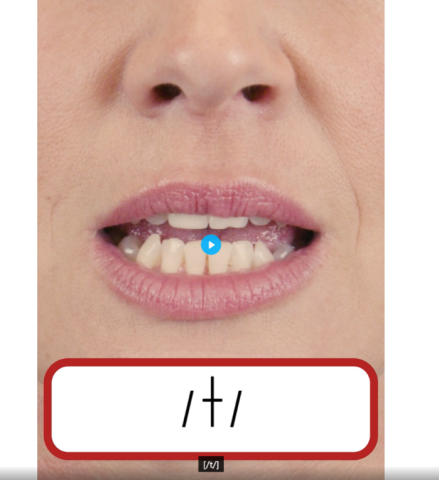
3. Student Digital Learning + Easy-to-Read Reporting
Digital learning is available as an optional extension for Lessons 1–10 and reinforces letter-sound instruction through engaging books, games, and rewards.

To activate this feature, click the “Unlock Student Practice” button within the Teacher Digital Tool.
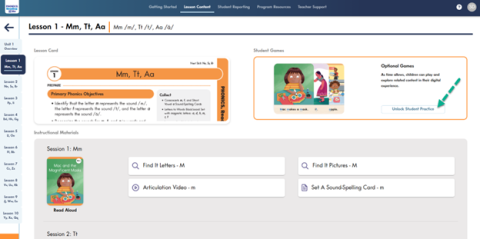
The reporting dashboard gives a clear overview of student progress. Each row shows engagement by lesson:
Solid dark star: All activities completed
Outlined star: Games unlocked but not yet completed
Blank star: Games not yet unlocked
It’s an easy way to track practice and keep learning fun and focused.
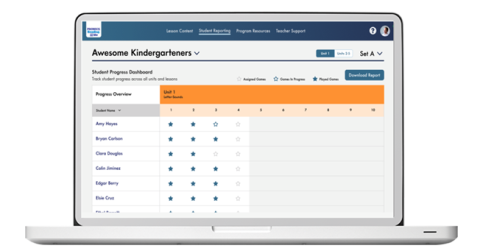
4. Teacher Support Tab: Your On-Demand PD
The Teacher Support tab is the perfect starting place—especially if you’re new to the program. It includes short microlearnings that walk you through instructional strategies, and helpful teacher videos that bring the lessons to life. Whether you have five minutes or time for a deeper dive, this support is there when you need it, in the time you have.
Don’t forget to check out Literacy Matters: Empowered Conversations. A great place to start is the episode Four Key Components to Teacher Alphabetic Knowledge featuring Dr. Shayne Piasta!
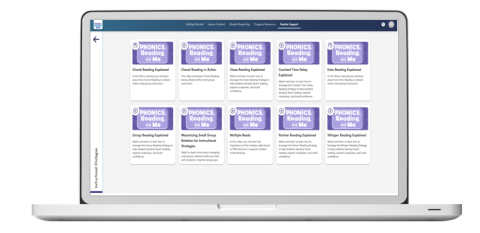
5. Beginning of the Year Check: A Quick Snapshot of Student Skills
At the start of the year, student data can be limited. That’s why the Beginning of the Year Check in the Letters and Sounds for Me student book is so valuable. It includes two quick assessments:
Knowing Letter Names: Students identify uppercase and lowercase letters.
Knowing Letter Sounds: Students identify initial sounds in familiar pictures.
These snapshots help you quickly understand where your students are—so you can tailor instruction from day one.
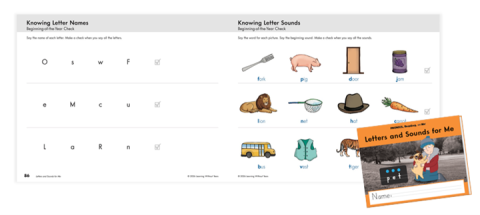
With these five tools, you’re ready to launch your letter-sound lessons and set your students up for reading success!